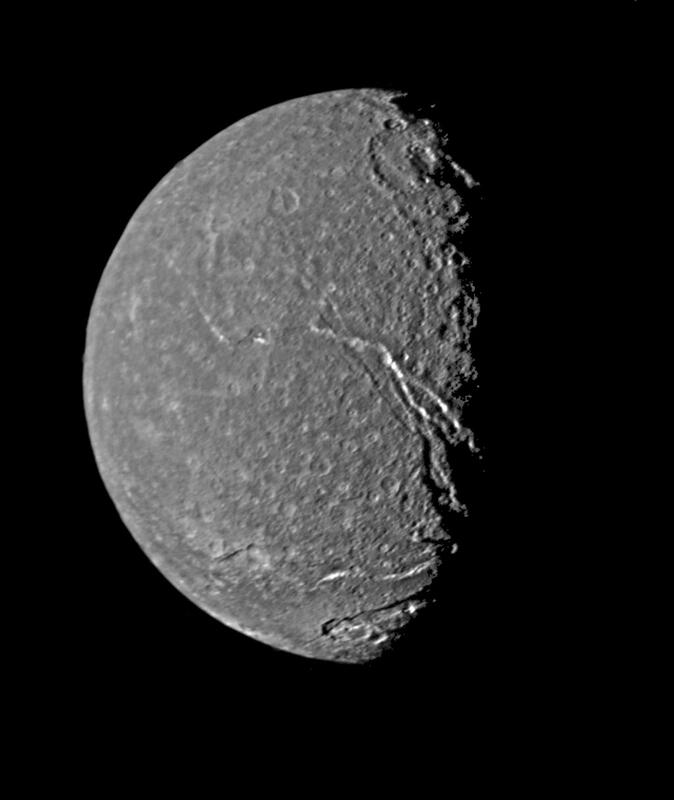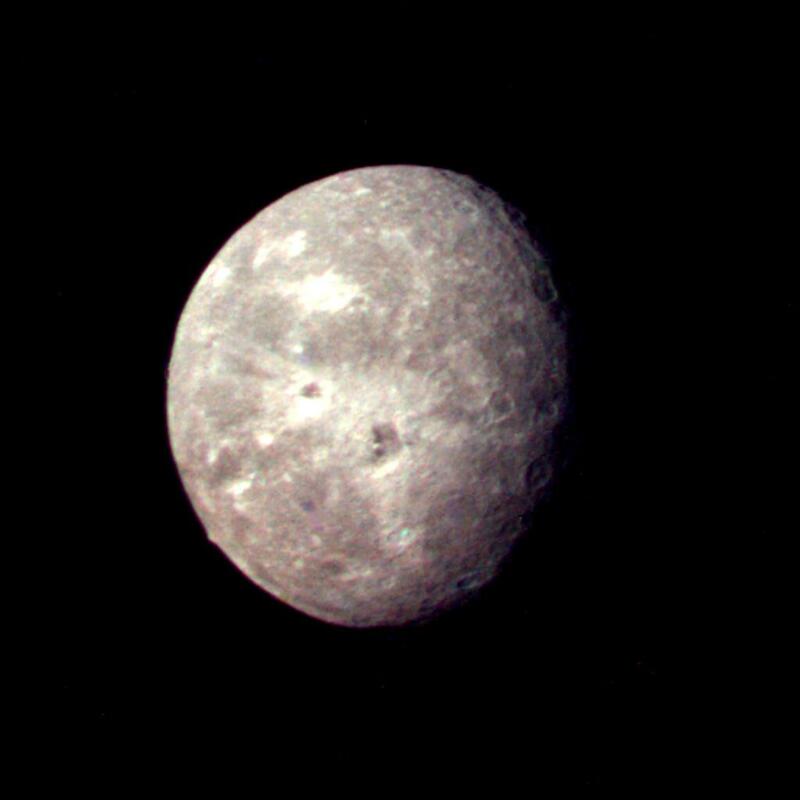11th January – Discovery of Titania and Oberon
Today marks the anniversary of the 1787 discovery of the two largest moons of the planet Uranus. William Herschel had discovered Uranus on the 13th March 1781 and also discovered Titania and Oberon, on the same night, in 1787. Initially known as Uranus I & II, the moons were given their name by William Herschel’s son, John, many years afterwards in 1852. Their names come from Shakespeare’s “A midsummer’s night dream”; Titania was the queen of the fairies, Oberon the king.
Today marks the anniversary of the 1787 discovery of the two largest moons of the planet Uranus. William Herschel had discovered Uranus on the 13th March 1781 and also discovered Titania and Oberon, on the same night, in 1787. Initially known as Uranus I & II, the moons were given their name by William Herschel’s son, John, many years afterwards in 1852. Their names come from Shakespeare’s “A midsummer’s night dream”; Titania was the queen of the fairies, Oberon the king.
Aujourd’hui c’est l’anniversaire de la découverte en 1787 des deux plus grandes lunes de la planète Uranus. William Herschel avait découvert Uranus le 13 mars 1781 et aussi Titanie et Oberon la même nuit en 1787. D’abord connus comme Uranus I & II, c’est John Herschel, le fils de William qui a donné leurs noms à ces deux lunes. Les noms sont tirés des personnages du Songe d'une nuit d'été de William Shakespeare, Titanie est la reine des fées et Oberon le roi.
Titania (left) and Oberon. Imaged by Voyager-2 on 24th January 1986
Courtesy of NASA/JPL
Courtesy of NASA/JPL
These moons are relatively small and at 788 km and 761 km radial size respectively they each are less than half the radial size of the Earth’s moon. They are closer in size to the larger asteroids of our solar system (Ceres, the largest asteroid, has a radial size of 473 km). They have captured (or synchronous) rotation meaning their rotational periods (8.7 days and 13.5 days respectively) are the same as their orbital periods. So, in the same way as our moon, they always present the same hemisphere to the planet.
Visually rather faint (at apparent magnitude 14 they are only visible in high specification telescopes) these icy remote worlds are very cold; about 70 Kelvin (minus 200 Celsius). Little was known about their nature until 1986 when the NASA planetary probe Voyager-2 arrive at the Uranian system. The moons, as expected, have icy surfaces and are heavily cratered. Unexpected however was the huge canyons seen on Titania; the largest being named ‘Messina Chasmata’ is 1492 km in length.
Although given mythical creature names, it is highly improbable that any form of life will exist on these remote icy bodies.
Visually rather faint (at apparent magnitude 14 they are only visible in high specification telescopes) these icy remote worlds are very cold; about 70 Kelvin (minus 200 Celsius). Little was known about their nature until 1986 when the NASA planetary probe Voyager-2 arrive at the Uranian system. The moons, as expected, have icy surfaces and are heavily cratered. Unexpected however was the huge canyons seen on Titania; the largest being named ‘Messina Chasmata’ is 1492 km in length.
Although given mythical creature names, it is highly improbable that any form of life will exist on these remote icy bodies.



 RSS Feed
RSS Feed
